Daily Wisdom: Tears of Transformation
From Marc Gafni’s Daily Wisdom post:
Suddenly, in the chair beside him, Nietzsche took off his spectacles, buried his face in his handkerchief, and burst into sobs.
Breuer was stunned. He must say something.
“I wept too when I knew I had to give up Bertha. So hard to give up that vision, that magic. You weep for Lou Salome?”
Nietzsche, his face still buried in the handkerchief, blew his nose and shook his head vigorously.
“Then, for your loneliness?”
Again, Nietzsche shook his head.
“Do you know why you weep, Friedrich?”
“Not certain,” came the muffled reply.
A fanciful idea occurred to Breuer. “Friedrich, please try an experiment with me. Can you imagine your tears having a voice?”
Lowering his handkerchief, Nietzsche looked at him, red-eyed and puzzled.
“Just try it for a minute or two,” Breuer urged gently. “Give your tears a voice. What would they say?”
“I feel too foolish.”
“I felt foolish, too, trying all the strange experiments you suggested. Indulge me. Try.”
Without looking at him, Nietzsche began, “If one of my tears were sentient, it would say – it would say”- here he spoke in a loud, hissing whisper”””Free at last! Bottled up all these years! This man, this tight dry man, has never let me flow before.” Is that what you mean?” he asked, reverting to his own voice.
“Yes, good, very good. Keep going. What else?”
The post continues at MarcGafni.com.
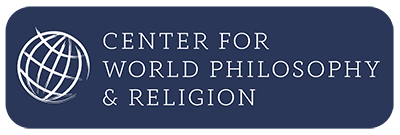
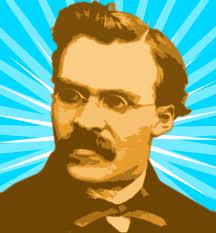 Suddenly, in the chair beside him, Nietzsche took off his spectacles, buried his face in his handkerchief, and burst into sobs.
Suddenly, in the chair beside him, Nietzsche took off his spectacles, buried his face in his handkerchief, and burst into sobs.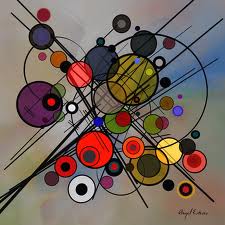
 And therefore, all of those for whom authentic transformation has deeply unseated their souls must, I believe, wrestle with the profound moral obligation to shout from the heart–perhaps quietly and gently, with tears of reluctance; perhaps with fierce fire and angry wisdom; perhaps with slow and careful analysis; perhaps by unshakeable public example–but authenticity always carries a demand and duty: you must speak out, to the best of your ability, and shake the spiritual tree, and shine your headlights into the eyes of the complacement. You must let that radical realization rumble through your veins and rattle those around you.
And therefore, all of those for whom authentic transformation has deeply unseated their souls must, I believe, wrestle with the profound moral obligation to shout from the heart–perhaps quietly and gently, with tears of reluctance; perhaps with fierce fire and angry wisdom; perhaps with slow and careful analysis; perhaps by unshakeable public example–but authenticity always carries a demand and duty: you must speak out, to the best of your ability, and shake the spiritual tree, and shine your headlights into the eyes of the complacement. You must let that radical realization rumble through your veins and rattle those around you.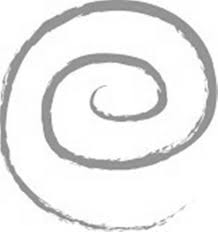




 And so, even as we rightly criticize merely translative religion (and all the lesser forms of transformation), let us also realize that an integral approach to spirituality combines the best of horizontal and vertical, translative and transformative, legitimate and authentic–and thus let us focus our efforts on a balanced and sane overview of the human condition.
And so, even as we rightly criticize merely translative religion (and all the lesser forms of transformation), let us also realize that an integral approach to spirituality combines the best of horizontal and vertical, translative and transformative, legitimate and authentic–and thus let us focus our efforts on a balanced and sane overview of the human condition.

 A line, circle, shadow story from the depths of Hebrew mysticism.
A line, circle, shadow story from the depths of Hebrew mysticism.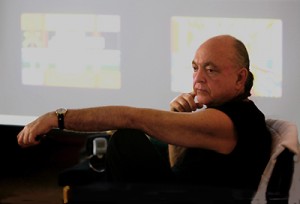 [Chogyam] Trungpa [Rinpoche] had to introduce translative and lesser practices in order to prepare people for the obviousness of what is.
[Chogyam] Trungpa [Rinpoche] had to introduce translative and lesser practices in order to prepare people for the obviousness of what is.


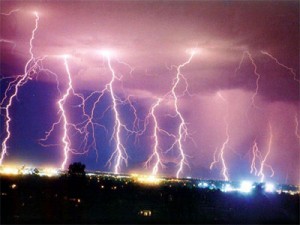 Whereas translative religion offers legitimacy, transformative religion offers authenticity. For those few individuals who are ready–that is, sick with the suffering of the separate self, and no longer able to embrace the legitimate worldview–then a transformative opening to true authenticity, true enlightenment, true liberation, calls more and more insistently. And, depending upon your capacity for suffering, you will sooner or later answer the call of authenticity, of transformation, of liberation on the lost horizon of infinity.
Whereas translative religion offers legitimacy, transformative religion offers authenticity. For those few individuals who are ready–that is, sick with the suffering of the separate self, and no longer able to embrace the legitimate worldview–then a transformative opening to true authenticity, true enlightenment, true liberation, calls more and more insistently. And, depending upon your capacity for suffering, you will sooner or later answer the call of authenticity, of transformation, of liberation on the lost horizon of infinity.

 What’s the path of third person? The path of third person is the path of wonder, utter and absolute wonder in which I engage not in a human face-to-face relationship, not in a dialogue. Not in a place in which there’s a conversation that takes place. It’s about the path of awe and wonder where I step back and I allow myself to be overwhelmed by the full and infinite wonder, texture, beauty, complexity, infinity of All-That-Is.
What’s the path of third person? The path of third person is the path of wonder, utter and absolute wonder in which I engage not in a human face-to-face relationship, not in a dialogue. Not in a place in which there’s a conversation that takes place. It’s about the path of awe and wonder where I step back and I allow myself to be overwhelmed by the full and infinite wonder, texture, beauty, complexity, infinity of All-That-Is.